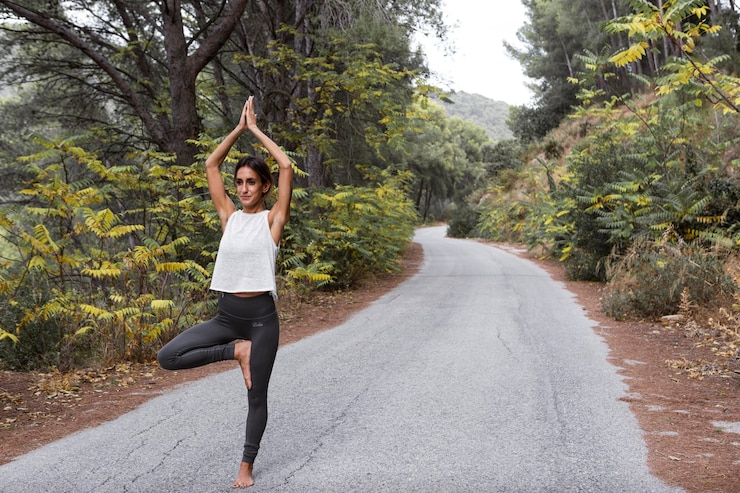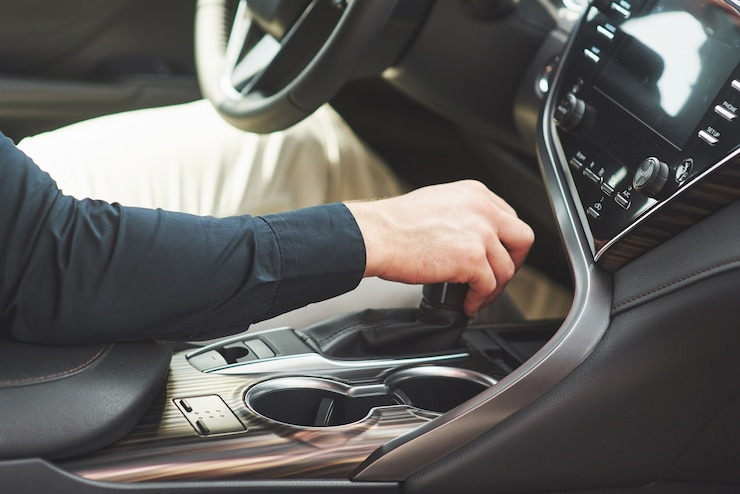
Funeral directors in Melbourne say it might be tough to know the proper funeral etiquette when attending a funeral, especially if it is your first time. Here’s a guide on correct funeral etiquette for before, during, and after the funeral service to help you navigate this difficult time with utmost strength.
Who should show up?
In general, everyone is welcome to attend a funeral and there is no need to wait for an invitation. This includes people who didn’t know the deceased but want to show their support for the family or another visitor. The sight of a large crowd during a funeral can bring immense consolation to the bereaved family.
Some families want to hold a private funeral service, with just invited guests. The Covid-19 regulations also imply that the number of individuals who can attend a funeral is now limited. If you are unable to attend, a close friend or family member of the deceased should be able to advise you.
Clothing
What you wear to a funeral is a significant way to show respect for the departed as well as the other mourners there. First and foremost, you should respect the deceased’s culture or faith by dressing appropriately.
Dressing conservatively in black or dark colours is the most appropriate outfit in general. If a dress code has been established, such as wearing a specified colour, strive to follow it as closely as possible.
Children
Unless the grieving family requests otherwise, children are welcome at funerals. If your child is older, you should inquire about their interest in attending. Talking to them about what will happen at the funeral and how they might feel can be beneficial.
Younger children and babies may find it difficult to sit quietly during the funeral service, so consider your child’s relationship with the deceased, their knowledge of the funeral, and how your immediate family will react if your child becomes fussy.
Attending funerals of people of various faiths
There is no obligation for you to participate in any rites with which you are unfamiliar or uncomfortable if you are attending the religious burial of someone whose views differ from your own. Paying respects to the deceased at a funeral can be as simple as listening to the service and being courteous to the other mourners.
What to bring
Being prepared can help you feel more at ease during a funeral. You can consider these as some options:
- Tissues
- Money for a charitable donation (please notice that cash donations are not currently accepted owing to Covid-19 limits)
- A card of condolence
- A personal reminiscence or anecdote about the deceased
- Weather-appropriate gear, such as an umbrella
Arriving at the funeral
Guests are expected to take their places ahead to the entrance of the coffin in traditional church funeral etiquette. The congregation normally follows the casket and chief mourners into the chapel at crematoriums. However, because not all funerals follow the same traditions, please follow the Funeral Director’s recommendations on the day of the funeral.
Where should I sit?
The first few rows at a funeral are normally reserved for immediate family members (chief mourners). The remaining seats are available to anyone else, and you are not required to choose a side. At larger venues, avoid sitting too far back to ensure that the dispersal of visitors is evened out and there isn’t a wide gap between the guests and the chief mourners.
Etiquette for a funeral
It is critical to have a quiet and polite demeanour during the funeral ritual.
Arrive 15 to twenty minutes before the scheduled start time.
Put your phone on silence or turn it off. If it rings during the service, do not answer it.
While inside the venue, keep your conversations to a minimal.
What time should I leave a funeral?
After the chief mourners have left a funeral service, the other visitors will exit row by row, beginning at the front and working rearward.
Photographing the funeral
There may be a strong need to photograph and capture the occasion, especially when you want to reminsce the last time with your loved one. However, you should avoid taking photographs at a funeral unless you receive permission from a close relative of the dead. This includes selfies, which are likely to be seen as insulting to the deceased’s relatives.
Expressing your condolences
Planning what you want to say ahead of time can typically help you discover the perfect words when you need them. Some sensitive terms can be:
- I am deeply sorry for your loss.
- He will be greatly missed.
- I’m thinking about you.
Donating to a funeral
Nowadays, bereaved families frequently prefer charitable donations instead of flowers. Normally, financial donations would be collected at the funeral service, but due to Covid-19 limits, donations would most likely be collected via online payments by the Funeral Directors monitoring the funeral. There is no set amount that you should provide; simply give what you can. Pay as much as you would have spent on flowers as a starting point. These services can often be seen delivered by the best funeral directors in Melbourne.
Conclusion
Funerals are about honouring the deceased’s life as well as respecting the family’s demands during this difficult time. As a result, the key to funeral etiquette is to be polite, thoughtful, and acceptable in your behaviour and attire.





